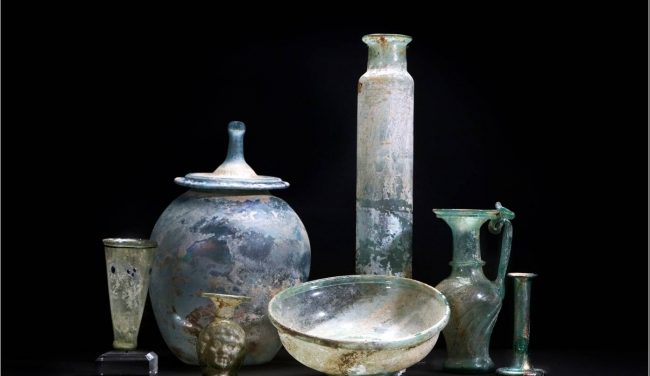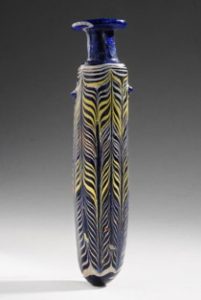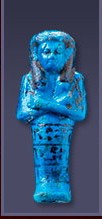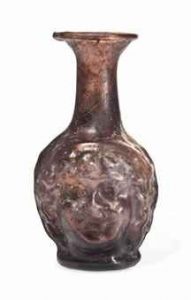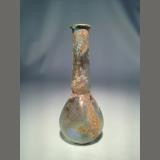Few things are more exciting than adding special pieces to a collection. Whether you collect artifacts, ancient coins, fossils, minerals, crystals or other antiquities from around the world, Ancient Artifacts & Treasures, Inc. has the inventory selection for you.

December Birthstones
Ancient Artifacts & Treasures, Inc.
Turquoise and Lapis Lazuli
December has two birthstones: Turquoise and Lapis Lazuli. Turquoise is the traditional birthstone, but in recent times many of the birthstones have had a second or third birthstone added due to the increasing cost of many birthstones.
Turquoise:
Turquoise is perhaps the oldest stone in man’s history, the talisman of kings, shamans, and warriors. It is a stone of protection, strong and opaque, yet soothing to the touch, healing to the eye. The delicate veining or mottled webbing in cream or brown is inherent to the stone and serves to enhance its character.
It dispels negative energy and can be worn to protect against outside influences or pollutants in the atmosphere. Turquoise balances and aligns all the chakras, stabilizing mood swings and instilling inner calm. It is excellent for depression and exhaustion. It also has the power to prevent panic attacks. Turquoise promotes self-realization and assists creative problem solving. It is a symbol of friendship, and stimulates romantic love.
Turquoise aids in the absorption of nutrients, enhances the immune system, stimulates the regeneration of tissue, and heals the whole body. It contains anti-inflammatory and detoxifying effects, and alleviates cramps and pain. Turquoise purifies lungs, soothes and clears sore throats, and heals the eyes, including cataracts. It neutralizes over-acidity, benefits rheumatism, gout, stomach problems, and viral infections.
Lapis Lazuli:
Lapis Lazuli is a useful stone to wear as it is said to relieve anger and negative thoughts, as well as easing frustrations causing the anger.
They resonate with the energy of the inner king or queen, and are historically stones of royalty, and this crystal also helps to balance the male and female aspects of your personality.
The energy of these blue crystals may intensify the growth of psychic abilities, intuition and channeling and aid you to contact your guardian angels. The capacity of this crystals energy to stimulate the development of psychic gifts makes it a stone that is in demand.
Read More
